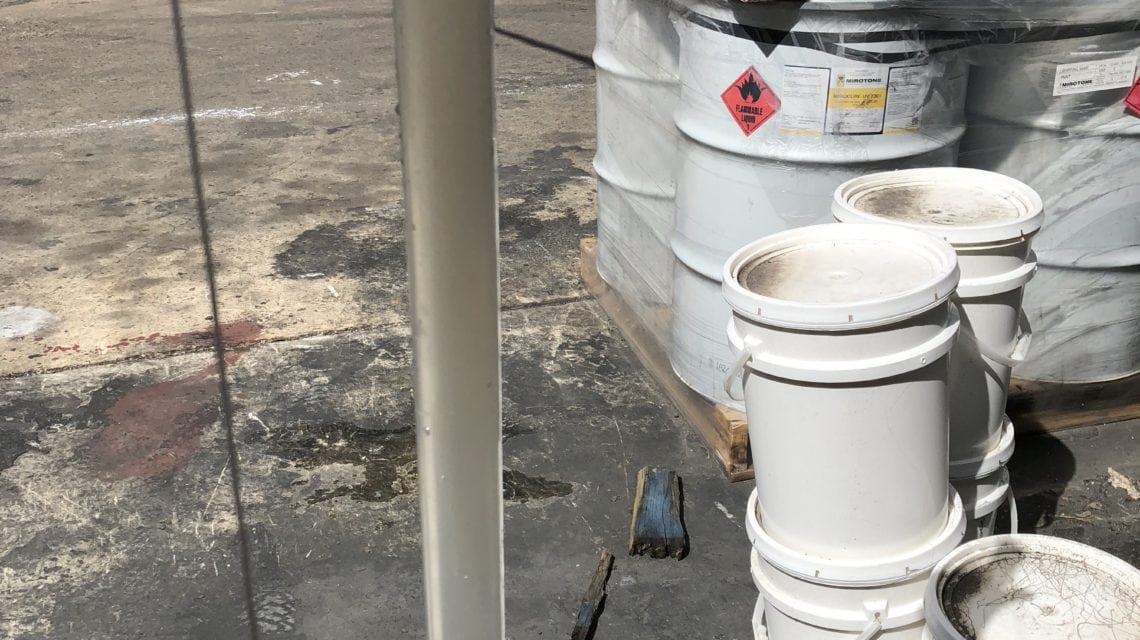iEnvi staff developed a commercially viable and statutory compliant solution for groundwater remediation of a coatings manufacturer site in Western Sydney, due to be completed in June 2018, including groundwater delineation, underground storage tank (UST) removal and validation, soil bioremediation, human health and environmental risk assessment (HHERA), and groundwater remediation.
The client company’s commercial objectives and expert advice from iEnvi Principal staff formed the site-specific environmental solution, outlining material risks and meeting commercial needs for ongoing industrial use while ensuring compliance with NSW EPA legislation.
“The client needed to turn the property from a zero-dollar asset to a multi million dollar, low-risk asset.”
A systematic solution was provided by iEnvi that would outline material risks and meet commercial needs, a basis for boardroom decision makers to consider the worst case and likely scenarios, as well as to support an agreement on the cost-benefit of a more aggressive remediation program.
Underground storage tanks (UST) had leaked solvents, including methyl ethyl ketone (MEK) into the subsurface, and a downgradient concrete lined stormwater canal was a potential receptor.
The site had historically been remediated over a long period, however delineation of impacts had not been fully completed, and the source had not been removed. This meant the expensive remediation strategy over a 10 to 15-year period had not helped clean up the site!
The remediation strategy endorsed by a NSW EPA Accredited Contaminated Site Auditor, included:
-
- contaminant source removal (including underground storage tanks (UST) and infrastructure)
- chemical oxidation of the source zone
- soil remediation and beneficial reuse
- aquifer impact delineation
- plume delineation (including offsite impacts)
- further assessment of soil, soil vapour, and groundwater
A human health and environmental risk assessment was completed and indicated that the site presented an acceptable risk to human health, with some controls needed in an Environmental Management Plan (EMP) in place for subsurface excavation.
A four-month intensive Multiphase Vapour Extraction programme was selected as the primary soil vapour and groundwater remediation, considering the intention to maximise the long-term remediation objectives and to minimise disturbance of ongoing operations. This method was confirmed to be effective after an on-site pilot trial of the remediation strategy and is estimated to remove approximately 40% of the total estimated residual hydrocarbon (dissolved) mass in the aquifer.
The outcome of this method of remediation is above and beyond what is required to reduce the understood human health risk and is designed to maximise the commercial value of the property, while meeting the NSW EPA policy relating to concrete stormwater canals, providing a win for the environment and a commercial win for the client.
The program gave NSW EPA and the appointed Auditor confidence that an effective proactive management strategy was in place to minimise the uncertainty of future regulatory approval of the selected scope of works.

